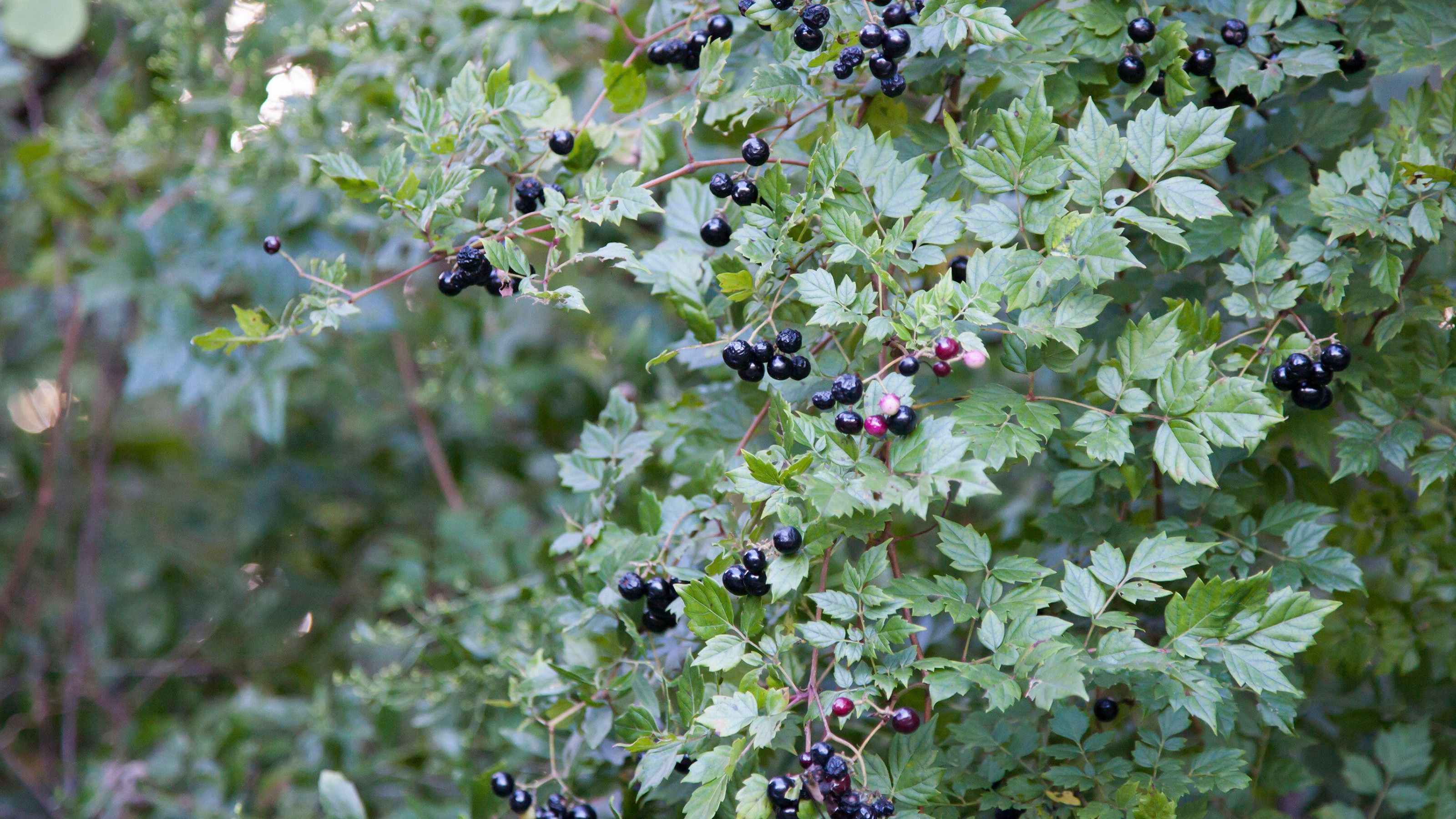Zone 9 Hedges – Growing Hedges In Zone 9 Landscapes


Zone 9 hedges serve a variety of useful purposes in the garden.
They establish a natural boundary, create a feeling of privacy, serve as a windbreak, and reduce noise in busy areas.
Some hedges provide shelter for wildlife and berries that sustain songbirds when food is scarce during the winter.
Due to the mild winters, selecting hedge plants for zone 9 isn’t difficult.
However, some shrubs prefer chilly winters in more northern climates and don’t do well in hot summer temperatures.
Read on for tips in selecting hedges in zone 9.
Zone 9 Screen Plants and Hedges
Your local garden center or nursery should have plenty of choices for your area, but in the meantime, here is a brief list of zone 9 hedges and their growing conditions.
Sign up for the Gardening Know How newsletter today and receive a free copy of our e-book "How to Grow Delicious Tomatoes".
Florida privet (Forestiera segregata) – Frequently grown as small trees, shrubs, or hedges, Florida privet tolerates areas with full sun to light shade and most soil types.
Abelia (Abelia x. grandiflora) – Abelia is a great choice for a flowering hedge. Its dangling, trumpet-shaped flowers attract butterflies and hummingbirds. Plant in full to partial sunlight in areas having fertile, well-drained soil.
Podocarpus (Podocarpus spp.) – This sturdy, drought tolerant evergreen, Podocarpus prefers full sun or partial shade. It also tolerates nearly any well-drained, slightly acidic soil.
Firethorn (Pyracantha spp.) – Valued for bright red berries and vibrant fall color, firethorn makes an attractive hedge in sun to partial shade areas and tolerates nearly any well-drained soil.
Japanese pittosporum (Pittosporum spp.) – Japanese pittosporum is a dense, compact shrub suitable for fences or privacy screens. It can tolerate nearly any soil as long as it’s well draining and can be planted in either sun or shade.
Wax myrtle (Morella cerifera) – Wax myrtle is a fast-growing shrub with a unique fragrance. It tolerates partial shade to full sun and nearly any well-drained, slightly acidic soil.
Yew (Taxus spp.) – Yew shrubs are evergreens available in a variety of sizes and forms. They make great hedge plants in partial shade areas in warm climates. Also, give them rich, well-drained soil.
Sawara false cypress (Chamaecyparis pisifera) – A slow growing evergreen valued for its lacy, delicate foliage; Sawara false cypress likes partial shade in warm climates but will tolerate most soil types provided it’s well draining.
Barberry (Berberis spp.) – Barberry shrubs provide attractive foliage in red, green, burgundy, and chartreuse. Most soil types are suitable, and they will tolerate shade or partial sun. (Note: may be invasive in some areas.)
Oleander (Nerium oleander) – Oleander is a tall, drought-tolerant shrub that produces white, peach, pink, or red blooms throughout summer and early autumn. Plant the hedges in full sun to part shade. Beware, however, as this plant is considered toxic.
Boxwood (Buxus spp.) – Boxwood is a popular hedge plant that tolerates frequent shearing and shaping. It performs best in loose, well-drained soil but can thrive in both full sun and partial shade.

A Credentialed Garden Writer, Mary H. Dyer was with Gardening Know How in the very beginning, publishing articles as early as 2007.